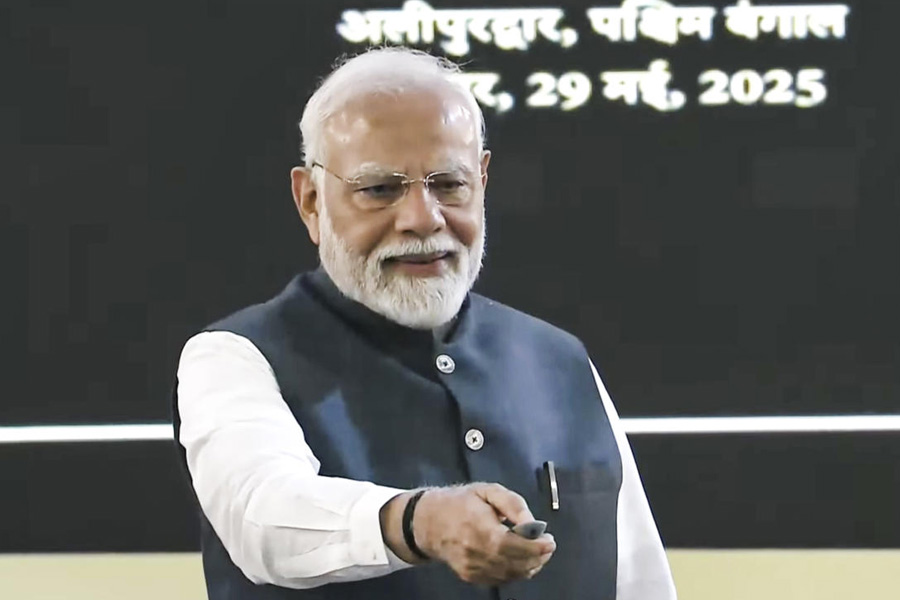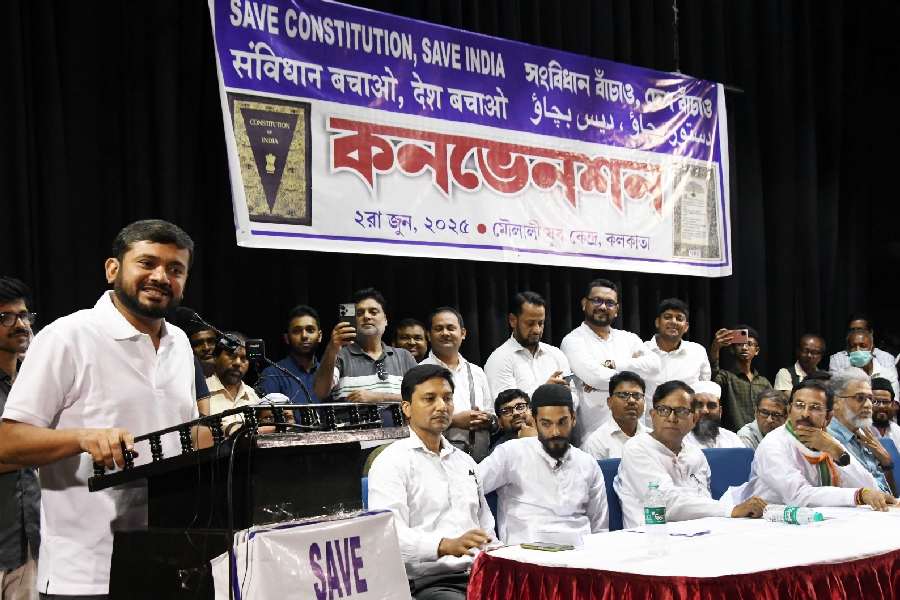Ranchi, Dec. 14: Purni Devi of a village in Hazaribagh earned Rs 1.30 lakh by cultivating lac last year, something only a few among the 147 other lac cultivators of the area could.
Today, she was presented at "Mission 2020: Lakhpati kisan, smart villages", a roundtable organised by the Tata Trust associate, Collective of Integrated Livelihood Initiatives (CINI), at which ideas were exchanged with over 40 stakeholders at a Ranchi hotel.
"Lah (lac) se lakhpati" is one of the many projects of Mission 2020 that Tata Trust wants to execute in Jharkhand through CINI with the idea of bringing those on the margins out of poverty.
"The mission involves a plan for supplementing the agriculture-based income of these people with high-income generating alternatives and lac cultivation is one such alternative," CINI team leader of the state Sirshendu Paul told The Telegraph on the sidelines of the meet.
If today's roundtable was lac specific, the mission, he explained, involved multiple prototypes like agriculture, livestock and non-timber forest products. The intention was to provide the poor with two livelihood activities.
CINI was working with over 2,800 households of lac cultivators of 70 villages in the three blocks of Murhu (Khunti), Churchu (Hazaribagh) and Jama (Dumka), Paul explained.
He said CINI was imparting training and providing technical support to all cultivators with the aim of making them "lakhpatis" by March 2020. "We provide them assistance at every stage of cultivation and even in marketing so that the lac cultivators get a fair price," he said.
Purni Devi, who has been cultivating lac since 2009, admitted she didn't get enough returns because she did not know many of the aspects which CINI taught them. "Such assistance and tips helped make others like me lakhpatis," she said.
Paul said, "If everyone earns over a lakh of rupees through such supplementary activities, these people will be out of poverty permanently and will also be motivated to continue."
D.K. Singh, senior technical officer of Indian Institute of National Resins and Gums, Namkum, agreed that a supplementary income would surely help bring those on the margins above the poverty line.
Lac, he noted, was a suitable supplementary activity.
"With an annual production of about 12,000 metric tonnes of lac, Jharkhand is the highest lac producing state in the country," he said, adding that if these people were encouraged they would not only get supplementary income, but the state would also retain its supremacy in lac cultivation.
Lac, he explained, was cultivated twice every year and advance technology had helped improve production. It's cultivation, he added, would help people improve their economic condition.










